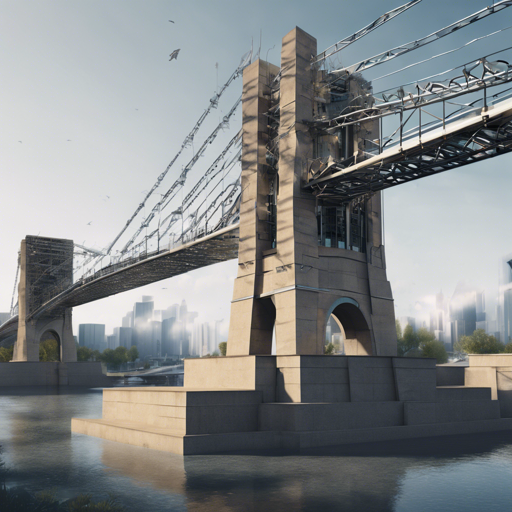The BridgeTower model is an innovative approach in the realm of Vision-Language (VL) representation learning. Developed by a dedicated team, including Xiao Xu, Chenfei Wu, and others, the model aims to efficiently connect different representation modalities, enhancing performance across a wide array of tasks. This blog will guide you step-by-step on how to leverage this state-of-the-art model for your needs.
Understanding the BridgeTower Model
Imagine you’re organizing a relay race between a group of runners and swimmers, where each participant excels in their domain but struggles to interact with the other. Traditional models either focus purely on runners (text) or swimmers (images) without optimal coordination. However, the BridgeTower model functions like a well-organized track, having laid out smooth bridges between these two modalities, making it easier for them to pass the baton seamlessly.
The model employs a Two-Tower architecture, wherein it connects various layers from each uni-modal encoder to a robust cross-modal encoder. This method allows for an effective fusion of visual and textual representations, boosting the overall performance.
How to Implement the BridgeTower Model
If you’re venturing into the world of using the BridgeTower model, here’s how you can extract features from text and images using PyTorch:
python
from transformers import BridgeTowerProcessor, BridgeTowerModel
import requests
from PIL import Image
# Load an image
url = "http://images.cocodataset.org/val2017/00000039769.jpg"
image = Image.open(requests.get(url, stream=True).raw)
# Define the text
text = "hello world"
# Initialize the processor and model
processor = BridgeTowerProcessor.from_pretrained("BridgeTower/bridgetower-base")
model = BridgeTowerModel.from_pretrained("BridgeTower/bridgetower-base")
# Prepare inputs
encoding = processor(image, text, return_tensors="pt")
# Forward pass
outputs = model(**encoding)
print(outputs.keys())
Step-by-Step Breakdown
- Import the Necessary Libraries: You need to call the BridgeTower libraries and handle the image processing.
- Fetch Your Image: Use a URL to get an image from the internet. Just like taking a photo, you need the right angle to get the best results.
- Set Your Text: Define the text you want to analyze, akin to setting the script for a play.
- Initialize Processor and Model: Prepare your model for action! This step is where you key your main actors into the performance.
- Prepare Your Inputs: Make sure your image and text are formatted correctly for the model for a smooth performance.
- Run the Model: Finally, pass your inputs and get back the outputs. Just like the grand finale of a show, where everything comes together beautifully!
Troubleshooting Tips
As with any advanced technology, you might encounter issues while working with the BridgeTower model. Here are some troubleshooting ideas:
- If you face issues with model loading, ensure you have the latest version of the Hugging Face Transformers library installed.
- When dealing with image errors, verify that your image URLs are correct and accessible.
- For any discrepancies in outputs or errors in the model, restart your kernel or virtual environment.
For more insights, updates, or to collaborate on AI development projects, stay connected with fxis.ai.
Conclusion
The BridgeTower model showcases the powerful synergy between text and image data in AI applications. By understanding how to implement this model and troubleshoot common issues, you are well on your way to leveraging the full potential of Vision-Language tasks.
At fxis.ai, we believe that such advancements are crucial for the future of AI, as they enable more comprehensive and effective solutions. Our team is continually exploring new methodologies to push the envelope in artificial intelligence, ensuring that our clients benefit from the latest technological innovations.

